As
a mother, you are very particular about the health and well-being of
your little munchkin. And when you notice yellowish and scaly patches on
its tiny head, you start panicking. Well, there is nothing much to
worry as this is a skin condition called cradle cap. It is not as bad as
it looks, and more often than not, it disappears by itself. However, we
understand your concern and need to get rid of it at the earliest. A
little patience, time, and effort, along with some natural remedies, are
all you require to get rid of cradle cap for good. Scroll down to find
out how.
What Causes Cradle Cap?
Signs And Symptoms Of Cradle Cap
Age Group Affected By Cradle Cap
How To Get Rid Of Cradle Cap Naturally
How To Prevent Cradle Cap
The exact cause of cradle cap is unknown. However, there are are a couple of factors that could be the culprits. They are discussed in detail below.
Table Of Contents
What Is Cradle Cap?What Causes Cradle Cap?
Signs And Symptoms Of Cradle Cap
Age Group Affected By Cradle Cap
How To Get Rid Of Cradle Cap Naturally
How To Prevent Cradle Cap
What Is Cradle Cap?
Cradle cap is a medical condition that causes crusty or oily and scaly patches on a baby’s scalp. It is medically known as infantile seborrheic dermatitis. Although it is not itchy, it can cause thick white or yellow scales that are difficult to get rid of.The exact cause of cradle cap is unknown. However, there are are a couple of factors that could be the culprits. They are discussed in detail below.
What Causes Cradle Cap?
- Hormones that are passed from the mother to the baby before birth. These hormones could trigger too much production of oil in the oil glands and hair follicles.
- A yeast (fungus) called Malassezia that grows in the sebum within the hair follicles, along with bacteria.
So, what are the signs and symptoms of this condition?
Signs And Symptoms Of Cradle Cap
The most common symptoms of cradle cap are:- Patchy scales or thick crusts on the scalp
- Oily or dry skin on the scalp, often covered with thick white or yellow scales
- Flaky skin
- Mild redness (in some cases)
- Presence of similar flakes on the eyelids, ears, nose, and groin
Age Group Affected By Cradle Cap
Babies aged between two weeks and three months are at the highest risk of developing cradle cap. Although in most cases, cradle cap disappears before the baby completes one year, it can also be seen in infants above 12 months.The unsightly appearance is more than enough reason for wanting to get rid of cradle cap. If your baby has ended up developing this condition, don’t worry. Given below are some of the best home remedies that can help in treating cradle cap naturally.
Home Remedies To Treat Cradle Cap In Infants
1. Coconut Oil
You Will Need
Coconut oil (as required)What You Have To Do
- Massage a little coconut oil gently into your baby’s scalp.
- Leave it on for 20 minutes before washing it off.
How Often You Should Do This
Do this once daily.Why This Works
Coconut oil is widely used for its moisturizing, anti-inflammatory, and antifungal properties (1), (2). It moisturizes and softens the scaly scalp, reduces inflammation, and fights microbial infections (if any).2. Baking Soda
You Will Need
- 1 teaspoon of baking soda
- 2 teaspoons of water
What You Have To Do
- Mix a teaspoon of baking soda with some water to form a paste.
- Apply this paste to your baby’s scalp and leave it on
- for a minute or two.
- Wash it off.
How Often You Should Do This
You must do this once daily, preferably before bathing your baby.Why This Works
The anti-inflammatory and neutralizing properties of baking soda help restore the natural pH of your baby’s scalp (3). This, in turn, helps reduce the flakiness. Baking soda also has antibacterial properties that eliminate any microbes present in the scalp (4).3. Breast Milk
You Will Need
A few drops of breast milkWhat You Have To Do
- Take a few drops of breast milk and gently apply it to your baby’s scalp.
- Leave it on for a few minutes before washing it off with water.
How Often You Should Do This
You must do this once daily.Why This Works
Breast milk is a rich source of various antibodies that boost your baby’s immunity (5). Its topical application softens the dry and scaly scalp, thereby making the removal of the flakes easier (6).4. Essential Oils
a. Tea Tree Oil
You Will Need
- 2 drops of tea tree oil
- 2 tablespoons of coconut oil
What You Have To Do
- Add two drops of tea tree oil to two tablespoons of coconut oil and mix well.
- Apply this mixture directly to the scalp.
- Leave it on for 15 to 20 minutes.
- Wash it off.
How Often You Should Do This
Do this once daily.Why This Works
Tea tree oil is widely used for treating various skin ailments due to its anti-inflammatory and antimicrobial properties (7). The antifungal properties of tea tree oil eliminate the Malassezia species of fungi, which is one of the causes of cradle cap (8).b. Lavender Oil
You Will Need
- 2 drops of lavender oil
- 2 tablespoons of coconut oil
What You Have To Do
- Mix two drops of lavender oil with two drops of coconut oil.
- Apply the mixture to your infant’s scalp.
- Leave it on for 15 to 20 minutes and then bathe your baby.
How Often You Should Do This
Do this daily.Why This Works
The antifungal properties of lavender oil fight the fungi that are responsible for the formation of cradle cap (9). It can also help in softening the scales and make their removal easier.5. Vaseline
You Will Need
Vaseline (as required)What You Have To Do
- Apply some Vaseline to your baby’s scalp.
- Leave it on for an hour or two, after which you can brush your baby’s scalp gently.
How Often You Should Do This
Do this daily for a week.Why This Works
Vaseline has amazing moisturizing properties that can soften the dry and scaly scalp of your little one. The softened flakes fall off easily, and the cradle cap will vanish in a week (10).6. Lemon Juice
You Will Need
- 1 teaspoon of lemon juice
- 2 teaspoons of coconut oil
What You Have To Do
- Mix a teaspoon of lemon juice with two teaspoons of coconut oil.
- Apply this mixture to your infant’s scalp.
- You can also scrub lightly with a lemon peel to dislodge the flakes.
- Leave it on for 15 to 20 minutes and then wash it off.
How Often You Should Do This
Do this once daily or every alternate day.Why This Works
Lemon has anti-inflammatory, antimicrobial, and bactericidal properties that can help in combating seborrheic dermatitis-causing yeast and bacteria on the scalp (11), (12).7. Almond Oil
You Will Need
Almond oil (as required)What You Have To Do
- Apply a little almond oil to your scalp and massage gently.
- Leave it on for 15 to 20 minutes.
- Using a soft brush, gently comb your baby’s scalp.
- Once the oily flakes come off, you can bathe your baby.
How Often You Should Do This
You must do this at least once daily.Why This Works
Almond oil is quickly absorbed by the skin. It can help dislodge the debris and flakes from the hair follicles, thus helping you get rid of cradle cap. It also has anti-inflammatory properties and can help soothe any inflammation in your baby’s scalp (13), (14).8. Apple Cider Vinegar
You Will Need
- 1 tablespoon of apple cider vinegar
- 2 tablespoons of water
What You Have To Do
- Mix a tablespoon of apple cider vinegar with two tablespoons of water.
- Apply this mixture to your baby’s scalp.
- Leave it on for 10 to 15 minutes and then wash it off with water.
How Often You Should Do This
You must do this twice a week for 2 to 3 weeks.Why This Works
The acidic nature of apple cider vinegar plays an important role in getting rid of cradle cap. ACV restores the lost pH of your baby’s scalp, which speeds up healing (15). Its anti-inflammatory and antifungal properties reduce inflammation and fight the microbes responsible for causing cradle cap (16).9. Aloe Vera
You Will Need
1/2 tablespoon of aloe vera gelWhat You Have To Do
- Take some aloe vera gel and apply it directly to your baby’s scalp.
- Leave it on.
How Often You Should Do This
You must do this daily, preferably after bathing your little one.Why This Works
Aloe vera gel is used for treating a variety of skin conditions, including cradle cap. The soothing and moisturizing properties of aloe vera can help in speeding up the recovery of the scalp (17). The antifungal properties of this gel offer protection from the potential threats like Malassezia species of fungi (18).10. Argan Oil
You Will Need
5-6 drops of argan oilWhat You Have To Do
- Take a few drops of argan oil and massage it gently into your baby’s scalp.
- Leave it on for 30 minutes to 1 hour.
- Bathe your baby.
How Often You Should Do This
You can do this once daily.Why This Works
Argan oil is a rich source of vitamin E, which is known to heal many skin conditions. The healing and anti-inflammatory properties of argan oil help in treating cradle cap (19).11. Castor Oil
You Will Need
A few drops of castor oilWhat You Have To Do
- Apply a few drops of castor oil to your infant’s scalp.
- Massage gently and leave it on for an hour.
- Bathe your baby and remove the dislodged flakes from his/her scalp using a soft brush.
How Often You Should Do This
You must do this on a daily basis.Why This Works
Castor oil helps to seal in the moisture of your infant’s scalp (20). This can keep it well-moisturized and help in getting rid of cradle cap permanently.12. Olive Oil
You Will Need
Olive oil (as required)What You Have To Do
- Apply some olive oil to your infant’s scalp.
- Leave it on for an hour and then wash it off.
- Using a soft brush, remove the dislodged flakes from your little one’s scalp.
How Often You Should Do This
Do this on a daily basis until you notice an improvement in your baby’s condition.Why This Works
Olive oil is another popular remedy for getting rid of cradle cap. It is quite moisturizing and can help in softening and dislodging the thick flakes and crusts on the scalp. And its antifungal properties protect the scalp from fungal infections (21).Following these remedies is not always enough. Your little one might still be at the risk of developing cradle cap again. Hence, you must consider following a few tips to prevent the recurrence of this condition. They are as discussed below.
How To Prevent Cradle Cap
- Wash your baby’s head on a daily basis.
- Use your fingers or a brush with soft bristles to rub on your baby’s scalp gently. This can improve blood circulation in the scalp.
- Try and increase your biotin intake by consuming foods like eggs, almonds, cauliflower, spinach, cheese, and mushrooms.
Source click here


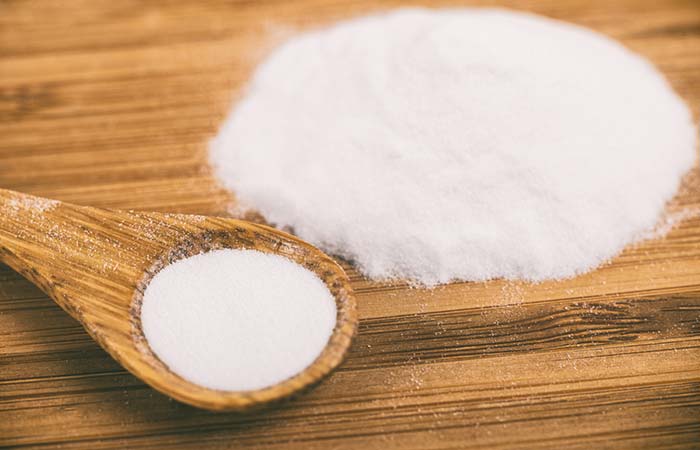
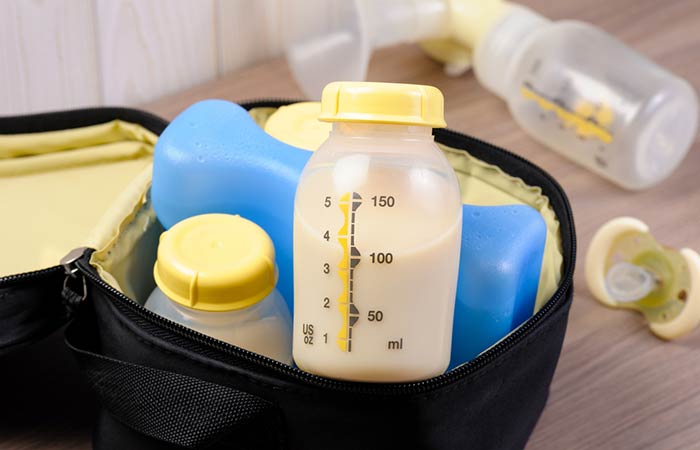
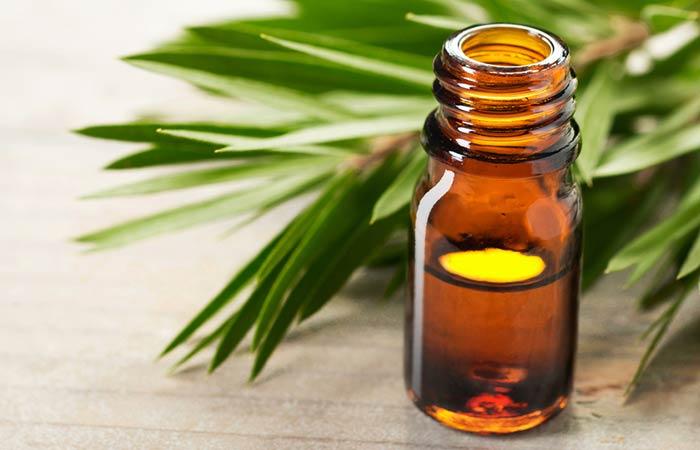



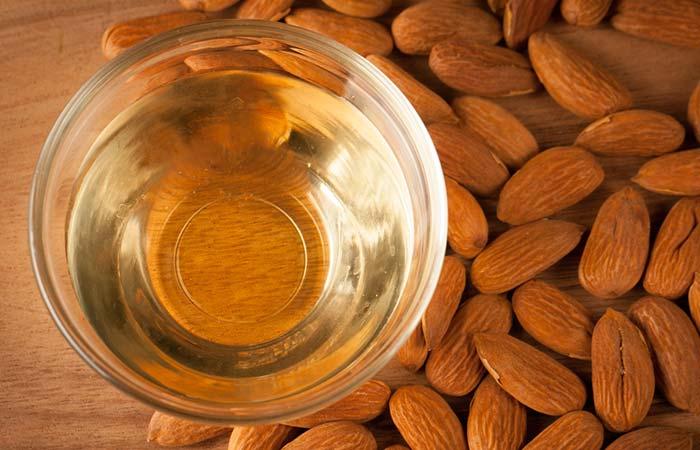
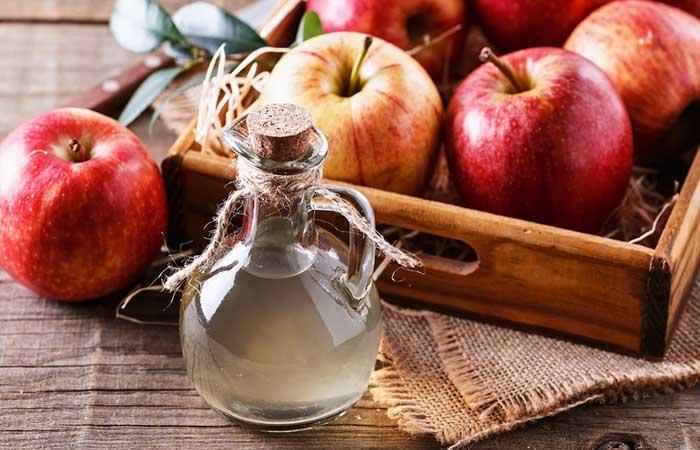

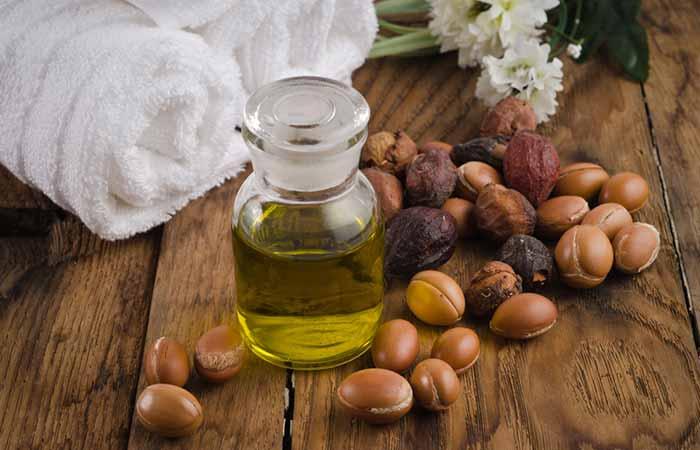


Comments
Post a Comment